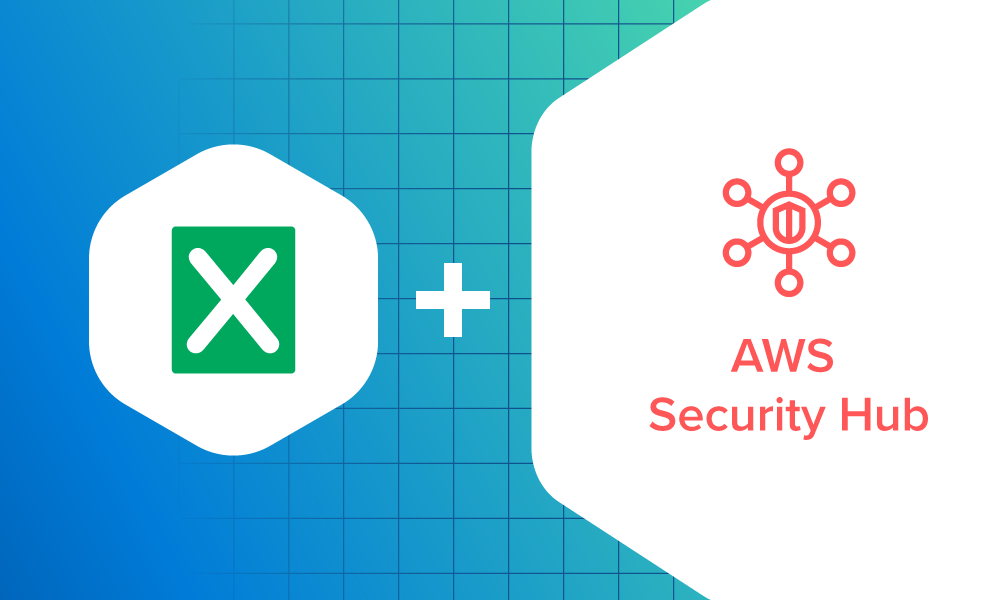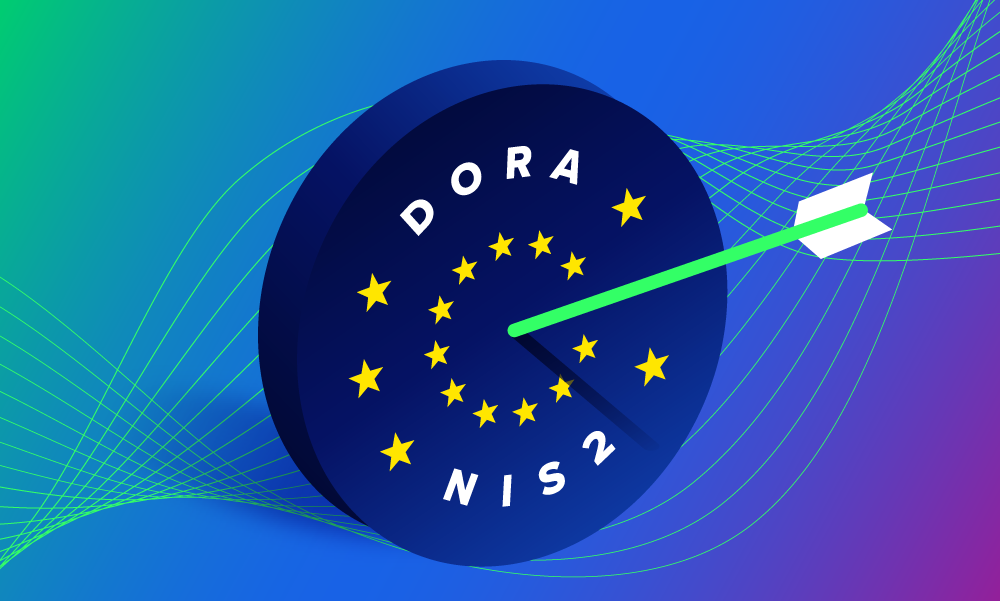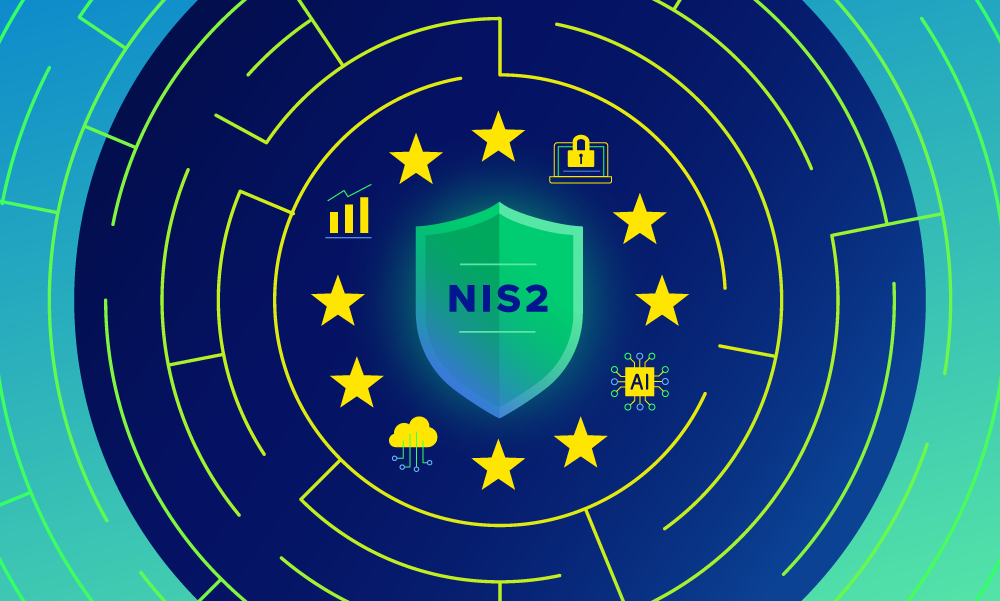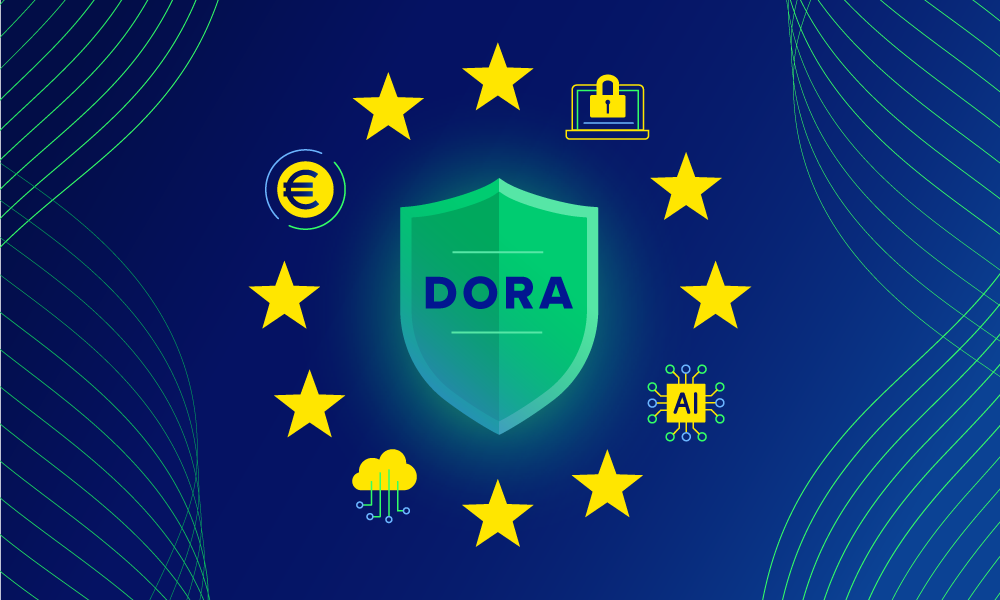MDR · 4 MIN READ · CHRISTOPHER HENCINSKI · JUL 20, 2021 · TAGS: Guidance / leadership & management
This blog was originally posted in 2021, and was updated on February 25, 2025.
TL;DR
- Securing industries with unique regulatory compliance needs—like finance and healthcare—requires additional support from your MDR provider
- Your MDR provider should be familiar with (and comfortable working with) the typical frameworks like SOC2 Type 2 and GDPR, and industry- and location-specific regulation needs
- The regulatory landscape changes constantly, so be sure to select a security partner who can keep up with (and maybe even stay ahead of) the changes coming your way
So you’ve been told your tech, privacy, and security policies need to be compliant, and your managed detection and response (MDR) solution should support these efforts. But what does this really mean day-to-day?
At its core, compliance involves implementing and verifying proper security measures so when questions arise, you can demonstrate your due diligence with confidence. This applies whether you’re dealing with regulatory requirements, industry standards, or internal policies.
A quality security partner should bolster these initiatives, not complicate them. Let’s explore how the right service provider can transform your compliance journey in 2025.
The evolution of compliance support
Today’s security monitoring teams should function as strategic advisors, rather than just technical service providers. Comprehensive support has several elements these partners should understand.
Navigating the framework landscape
Modern security partners should guide you through various frameworks, such as:
- SOC2 Type 2: Offering ongoing control validation rather than isolated snapshots
- Expanded ISO certifications: Covering cloud environments (27017) and personal information protection (27018)
- Global data protection laws: Extending beyond European regulations to address the California Privacy Rights Act (CPRA), Personal Information and Electronic Documents Act (PIPEDA), Lei Geral de Proteção de Dados (the General Data Protection Law) (LGPD), and other regional variations
- Refreshed NIST guidelines: Embracing NIST CSF 2.0 with detailed control correlations
- CMMC 2.0: Supporting all tiers with tailored solutions for defense industry customers
The regulatory terrain has transformed significantly. Your security team should demystify these changes, helping you convert abstract requirements into practical safeguards and procedures.
Real-time compliance visibility
Static, periodic assessments belong in the past. Contemporary security operations should weave compliance into everyday activities by delivering real-time status information and flagging potential deviations before they escalate.
Their technology must connect security incidents directly to compliance obligations to clarify the regulatory significance of different alerts and events, including:
- Dynamic visualization tools displaying current standing across multiple frameworks
- Streamlined evidence gathering for continuous audit preparedness
- Regulatory context for security events and system modifications
- Effectiveness measurements to showcase security’s business value to leadership
Expanding the compliance perimeter
Modern security requirements stretch beyond your organization to encompass your entire technology ecosystem, and your security partner must be capable of managing this expanded scope.
Supply chain protection has become crucial as authorities increasingly hold companies responsible for their vendors’ security practices. A valuable security partner will assist with meeting these expectations, while maintaining clarity about their own security commitments. This includes:
- Third-party risk evaluation tools to assess external vulnerabilities
- Software component tracking for transparency into your technology stack
- Clear security documentation from your monitoring service
- Extended visibility across key technology partners
Compliance-conscious incident handling
When security breaches occur, regulatory requirements introduce additional layers of complexity. Your security team should navigate both technical response and compliance obligations, ensuring proper notification and documentation.
This includes clarifying reporting thresholds across regulations and delivering satisfactory forensic evidence to governing bodies as needed. Their incident protocols should incorporate compliance considerations from inception, including:
- Notification requirement expertise tailored to your specific regulatory environment
- Investigation documentation structured for regulatory acceptance
- Consequence evaluation methods aligned with reporting standards
- Recovery strategies addressing both technical and compliance weaknesses
AI governance and data protection
With artificial intelligence now fundamental to security operations, your monitoring team must adhere to ethical AI principles and emerging oversight frameworks. They should provide clarity about how AI enhances your security monitoring, while ensuring information handling respects privacy mandates.
Data localization requirements have grown increasingly intricate, with varied restrictions across jurisdictions. Your security partner must help you satisfy these requirements while delivering effective protection across global operations.
Your compliance success partner
A well-chosen security operations team should boost your compliance strategy in three crucial ways:
- Enable standard adoption: They should help you fulfill requirements across desired frameworks, facilitating certification and security objectives. Need Payment Card Industry Data Security Standard (PCI DSS)-compliant alert monitoring? Struggling with audit findings? Your security partner should offer concrete answers.
- Exemplify security excellence: Your monitoring team must demonstrate their adherence to relevant standards, ensuring your information remains safeguarded throughout your relationship.
- Safeguard compliance achievements: After complying with regulations needed for your org, your security partner should protect these accomplishments and continue to strengthen their services.
Building a collaborative compliance approach
Compliance doesn’t need to feel daunting with the right security partnership. Instead, it can be a requirement that converts regulatory hurdles into strategic opportunities for your business.
The regulatory landscape evolves continuously, with new frameworks appearing and existing ones growing more nuanced. Though potentially overwhelming, your security team should serve as your compliance guide—a trusted advisor accompanying you through complex NIST frameworks, ISO certifications, and sector- and location-specific mandates.
Instead of tackling compliance alone, your org can partner with an effective security team and establish a collaborative relationship where knowledge flows freely, and compliance becomes a shared objective. They should identify gaps while offering practical fixes that complement your business goals and risk tolerance. This partnership ensures you’re never isolated when interpreting complex requirements or implementing technical controls.
During audit periods, this alliance becomes especially valuable. Your security partner can assist with assembling comprehensive documentation, responding to auditor inquiries confidently, and addressing any findings promptly. The ideal partnership transforms what was once a stressful experience into a smooth process that validates your security program’s effectiveness.
By choosing a security operations provider attuned to both the regulatory environment and your unique requirements, you’ll elevate compliance from a checkbox exercise into a competitive advantage—one that builds stakeholder confidence, strengthens your security posture, and positions your organization to thrive amidst growing regulatory complexity.






